This authentic Japanese custard pudding know as Purin in Japan is the Japanese version of the popular Spanish and Mexican flan pudding. Follow this step-by-step Purin recipe guide to make this classic Japanese dessert.
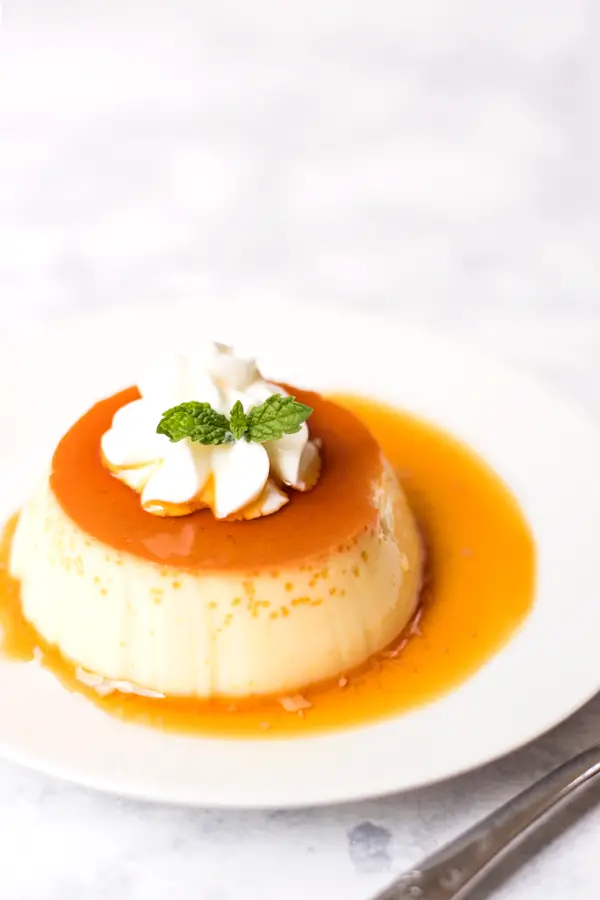
Japanese Flan
One of my favorite desserts growing up was the simple and humble プリン aka purin. It’s basically the Japanese version of flan, or caramel custard. The pudding portion is creamy, and the caramel on top with its slight burnt sugar bitterness…how can I make that sound more appetizing?! You know what I’m talking about right? Anyways, it’s delicious and pairs so well together.
In Japan, purin is really popular, and you can get it in all forms- anywhere from a trendy cafe to a convenience store. There are also different candies and treats that are “purin flavored”. I’ve seen purin kitkats, pocky, and even gum!
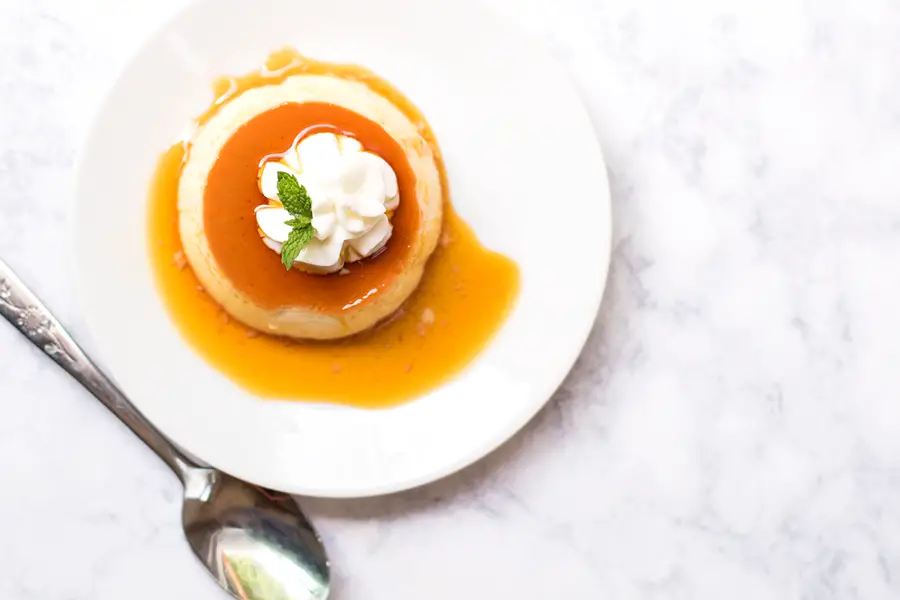
How to Make Purin: The Purin Recipe
There are two main ways to make purin. Baked/steamed and gelatin. You’ll also want these pans to get the right shape. Today I’m sharing with you the baked method. I also plan on adding a gelatin version, so keep an eye out! The ingredients list is SO simple. Sometimes, the simpler the ingredients are, the yummier the end product.
The Purin recipe includes just a few simple ingredients. All you need is sugar, water, eggs, milk, and vanilla. That’s all!
The hardest part of purin is making the caramel, because if you let it go too long, the sugar will burn, but if you don’t let it go long enough, the caramel flavor is too muted. Try and go until it is a dark brown. If it’s too light, it won’t have enough flavor. And guess what? It’s just sugar and water. If you go too long and burn it the first time… well, you can just dump it and try again! Ha! Guess who’s done that before?
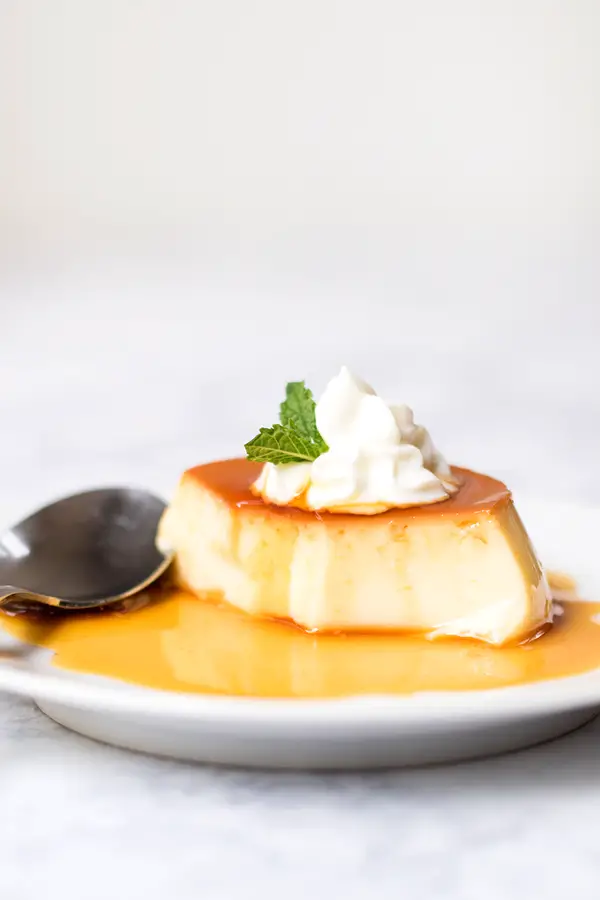
I want to tell you something funny. Usually when I make purin pudding, I don’t bother with any type of topping. I just eat it, ya know? But I wanted to put a cute little dollop of whipped cream on top to make it look nicer for pictures. BUT I realized I was out of cream! So, for these pictures, I piped some plain greek yogurt on top! Ha! You can’t even tell can you?! Can I call myself a food stylist now?
If you liked this recipe, (which I hope you do), check out pudding dessert recipes!
Tips for Making Authentic Japanese Pudding (Purin):
- Caramelizing the Sugar: When preparing the caramel sauce for your Japanese pudding, take care not to let the sugar burn. Achieve a deep brown color for a rich caramel flavor that complements the creamy pudding. Remember, practice makes perfect when it comes to caramelizing sugar.
- Strain for Smoothness: To ensure a silky-smooth texture in your Japanese purin, strain the mixture before pouring it into the ramekins. This step helps remove any lumps or impurities, resulting in a velvety custard.
- Water Bath Technique: Use the water bath method by placing the ramekins in a larger pan filled with hot water during baking. This technique guarantees gentle and even heat distribution, preventing the pudding from cracking and ensuring a consistent texture.
- Timing is Key: Keep a close eye on the baking time, adjusting it as needed based on the type of ramekins you use. Glass or ceramic ramekins may require a slightly longer baking time to achieve the perfect Japanese flan consistency.
- Chill for Deliciousness: After baking, allow the purin to cool completely in the ramekins, and then refrigerate them before serving. The chilling process enhances the flavors and sets the custard to its ideal firmness. Japanese pudding is traditionally enjoyed cold.
- Unmolding with Finesse: Gently run a knife along the edges of the ramekins to loosen the Japanese purin before carefully flipping it onto a plate. This way, the luscious caramel sauce will elegantly coat the top, making it visually appealing. Alternatively, savor the pudding directly from the ramekins for a more casual experience.
- Optional Garnish: For a delightful finishing touch, consider adding a dollop of whipped cream and a sprig of fresh mint to your Japanese pudding. These optional garnishes enhance the overall presentation and add a touch of elegance.
Making authentic Japanese pudding (Purin) requires patience and practice, particularly when it comes to achieving the perfect caramelization and texture. Embrace the process, enjoy experimenting, and soon you’ll master the art of creating this delicious Japanese dessert, also known as Japanese purin or Japanese flan.
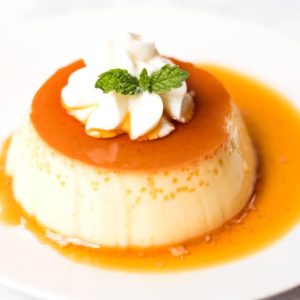
Japanese Custard Pudding (Purin)
Ingredients
caramel sauce
- 1/3 cup sugar
- 3 Tablespoons water
- 1 Tablespoon water to add at end
custard pudding
- 3 large eggs
- 500 ml whole milk
- 1/3 cup sugar
- 1/2 teaspoon vanilla extract
Order Supplies Online
Instructions
- Check out the video above to see me make these!Preheat oven to 320 degrees F. Prepare 6 ramekins. I used special metal purin cups that I got in Japan, hence the shape. See video above. In a small pan over medium high heat, add the sugar and 3T water and quickly stir together. Stop stirring, and allow the sugar water to come to a simmer. Cook the sugar until it is a deep brown, and is caramelized. Add 1 T of water to the caramel, to help loosen it up. Careful! It’s hot and may splatter a bit! Quickly pour caramel into the 6 ramekins.
- In a large microwave safe bowl, heat the milk until warm to the touch. Whisk in the sugar until combined. Whisk together the three eggs in a separate bowl. Add the whisked eggs to the milk/sugar, and whisk to combine. Add the vanilla and whisk to combine. Pour through a strainer, and divide the strained liquid among the 6 ramekins.
- Place the ramekins in a 9×13 cake pan (or a pan with sides that are about as tall or taller than the ramekins). Boil water, and pour the hot water in the cake pan (don’t get any in the purin!), about 1/2-3/4 of the way up the sides of the ramekins.Transfer to the oven and bake for 40-50 minutes, or until the custard is soft but set, and no longer too liquidy. (note: a reader informed me that when using glass/ceramic ramekins it needed to bake on the longer side, about 50 minutes)
- Remove from oven, and allow the purin cups to cool completely. These are best served cold, so let them cool in the fridge before serving! To remove purin, run a knife along the edge of the ramekins and flip onto a plate, so the caramel sauce is on top. Or eat it straight from the ramekin!Garnish with some whipped cream and mint, if desired.
Notes
Nutrition



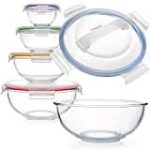
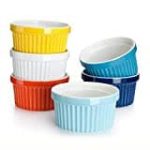


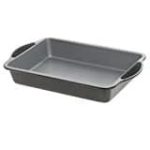
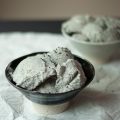

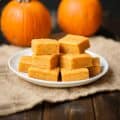

Isn’t this just the Mexican dessert Flan?
Basically, or like French creme caramel . A lot of Japanese foods are heavily influenced by foreign cuisine!
I just tried purin sold by a local caterer, and started looking around for a recipe. She puts them in small, 4 oz Ball Jars, and I guess screws the lid on after they come out of the oven. To serve them, you take the lid off, turn the jar over, and give it a thwack. It has a definite flan shape.
https://www.amazon.com/Ball-4-Ounce-Quilted-Crystal-Jelly/dp/B00RG0IWBG/ref=sr_1_3?hvadid=241617101422&hvdev=c&hvlocphy=9052497&hvnetw=g&hvpos=1t1&hvqmt=e&hvrand=773250690348715709&hvtargid=kwd-24532213751&keywords=ball+jars+4+oz&qid=1554521846&s=gateway&sr=8-3
Hi, I tried making the recipe and the texture turns out great but somehow it smells really eggy like chawan mushi ?
Did I make it wrong? Do you have any tips to remove the eggy smell?
Hi Tania, the recipe is egg based, but with the caramelized sugar and vanilla, it should have a sweet dessert-y smell! Did you by chance forget the vanilla?
Thank you so much!!! My son just spent a month in Japan and this was his favorite dessert there! I attempted this tonight for his 17th birthday instead of a cake and it turned out perfect!!!! I didn’t have a backup plan so, I really appreciate this awesome, fail proof recipe. He said it was perfect!!
I’m so glad you liked it! Thanks for the review 🙂 !
Truly if you love Eggs then this is your dish because when I made this it just tasted like eggs and I like eggs but this dish just tasted like it a lot and I didn’t like it.
Sorry you didn’t like it!
What is 3 T and 1 T water?
Hi Mariana, I just updated it, but T was tablespoon and t was teaspoon! Sorry for the confusion!
Hi, can I use one large metal bowl to bake it in and just leave it for much longer?
Yes you should be able to, but I haven’t personally tried it so I couldn’t tell you how long. Maybe you can find a similar recipe for flan and use the times states there?
Sorry, I just re read this, and I meant a glass baking pan. I am not sure about a metal bowl, but a glass oven safe pan should work!
Thanks so much for this recipe! Made it last night, and it turn d out very well! Silky and delicious! It was hard it to eat them all in one sitting!
I used glass and ceramic ramekins, took a little longer (50mins) in the oven. The center was a little runny, so I will keep it in there a little longer next time to make them a little firmer 🙂
That’s awesome! Thank you for the tip with the glass/ceramic, I am going to add that info into the recipe notes now! And I totally hear you with eating too many. It’s so smooth, I can eat at least three in a row, no sweat.
Hey didn’t find a asain stores sell those cups, do you know where else to find them. Like eBay or Amazon ?
Hi Amy, are you near a Daiso by chance? They might have it! If not, you can use any oven safe ramekin with a half cup capacity! Even if it doesn’t have the exact same shape, it will still work!
Is it OK if I use a muffin pan that contains 2.5 ounces and put it in a pan of water? Also what does T water mean?
The only concern with that is to get them out of the pan. Usually you just flip the ramekin over to get it out, but if it’s an entire muffin tin of it, the other ones MIGHT come out? Actually, you may be able to do it… as long as you only run your knife along and loosen one at a time. If you try it I’d love to know how it goes! Also, T stands for tablespoon.
Also what do I search for on the website Daiso.
So I took a quick look through Daiso, since I bought mine in Daiso in Japan, but it looks like they don’t have it. Boo. You can totally try it in a regular porcelain ramekin though! Or that muffin tin, maybe ;). Sorry I’m not being more helpful. I didn’t realize how hard it is to get the metal tins here!
When I tried making the caramel sauce, the sugar water didn’t turn deep brown. Instead, it looked transparent and not thick enough. Did I not let it simmer long enough?
Hi Lindsay, yup, you gotta just let it keep simmering until it turns a nice caramel color! Depending on the heat you put it at, it can take a while.
I am eagerly awaiting the gelatin version.
Okay, I’m going to put it on my list! Thanks Sandi!
Where can I get those metal tapered ramekins.? The ones I find at kitchen and cooking stores are always too small.
Hi Jackie, I got mine in Japan, but you can often find them at Asian stores that have a section for cooking utensils. They hold 1/2 cup / 4 oz each.
My purin browned slight on top when I pulled it out of the oven. Does that mean I over cooked it?
Hi Danielle, I wonder if it has to do with where you placed it in the oven. Was your rack in the middle? How was the texture? If it was silky and tasted good, I wouldn’t worry!
Can’t wait to try this when it’s cool enough to put oven back on. They look yummy and sound every easy.
Thank you! Let me know how it goes!